Equivalent Fractions with Models Worksheets
Are you a teacher or a parent searching for worksheets to help your students or children understand equivalent fractions? Look no further! Our equivalent fractions with models worksheets are designed to provide a visual representation of fractions, making it easier for students to grasp this important mathematical concept.
Table of Images 👆
More Other Worksheets
Kindergarten Worksheet My RoomSpanish Verb Worksheets
Cooking Vocabulary Worksheet
DNA Code Worksheet
Meiosis Worksheet Answer Key
Art Handouts and Worksheets
7 Elements of Art Worksheets
All Amendment Worksheet
Symmetry Art Worksheets
Daily Meal Planning Worksheet
What is an equivalent fraction?
An equivalent fraction is a fraction that represents the same amount or value as another fraction, but is written in different numbers. This is achieved by multiplying or dividing both the numerator and the denominator of the original fraction by the same non-zero number.
How can you visually represent equivalent fractions using models or diagrams?
To visually represent equivalent fractions using models or diagrams, you can use shapes like circles, rectangles, or squares divided into equal parts. For example, you can show that 1/2 is the same amount as 2/4 by dividing a circle into 2 equal parts and shading 1 part to represent 1/2, then dividing the same circle into 4 equal parts and shading 2 parts to represent 2/4. This visually demonstrates that both fractions represent the same amount of the whole.
How do you determine if two fractions are equivalent?
Two fractions are equivalent if the ratio between their numerators and denominators is the same. In other words, to determine if two fractions are equivalent, you need to simplify or reduce both fractions to their simplest form. If the simplified fractions have the same value, then the original fractions are considered equivalent.
What is the connection between equivalent fractions and the concept of scaling?
Equivalent fractions are fractions that represent the same portion of a whole. Scaling involves multiplying or dividing both the numerator and denominator of a fraction by the same number to create an equivalent fraction. By scaling a fraction, you are essentially increasing or decreasing the size of the parts while keeping the whole amount the same. This concept helps to understand how different fractions can still represent the same quantity, just in different ways.
Can you give an example of two different fractions that are equivalent?
Sure, an example of two different fractions that are equivalent is 2/3 and 4/6. Both fractions represent the same portion of a whole, which is two-thirds. This can be seen by simplifying 4/6 to its simplest form, which is 2/3.
Is it possible to have more than one equivalent fraction for a given fraction? Why or why not?
Yes, it is possible to have more than one equivalent fraction for a given fraction. Equivalent fractions are fractions that represent the same portion of a whole, but with different numerators and denominators. By multiplying or dividing the numerator and denominator of a fraction by the same number, we can create an equivalent fraction. Since there are infinitely many numbers we can use to multiply or divide, there can be multiple equivalent fractions for a given fraction.
What strategies can you use to find equivalent fractions?
To find equivalent fractions, you can multiply or divide both the numerator and the denominator by the same non-zero number. This will give you a fraction that has the same value as the original fraction but is in a different form. Another strategy is to simplify the fraction by finding the greatest common divisor of the numerator and denominator, and then dividing both by that number. This will also give you an equivalent fraction.
What is the relationship between the numerator and denominator of equivalent fractions?
The relationship between the numerator and denominator of equivalent fractions is that they are in a proportional relationship. This means that when a fraction is multiplied or divided by the same non-zero number, both the numerator and denominator will change by that factor. As a result, the value of the fraction remains the same even though the actual numbers representing the numerator and denominator have changed.
How can you simplify a fraction to its simplest form?
To simplify a fraction to its simplest form, divide the numerator and denominator by their greatest common factor (GCF). This involves finding the largest number that evenly divides both the numerator and denominator, and then dividing both numbers by this GCF to reduce the fraction to its simplest form. Keep dividing until there are no common factors left, and the result is the simplified fraction.
How can understanding equivalent fractions help in solving real-life problems involving fractions?
Understanding equivalent fractions can help in solving real-life problems involving fractions by being able to simplify or compare fractions more easily. By recognizing equivalent fractions, one can easily convert between fractions to find a common denominator or simplify fractions to make calculations simpler. This skill is useful in various situations such as dividing recipes, measuring ingredients, or budgeting expenses where fractions are commonly used. Additionally, understanding equivalent fractions can aid in understanding proportions and ratios in real-life scenarios, allowing for better decision-making and problem-solving.
Have something to share?
Who is Worksheeto?
At Worksheeto, we are committed to delivering an extensive and varied portfolio of superior quality worksheets, designed to address the educational demands of students, educators, and parents.

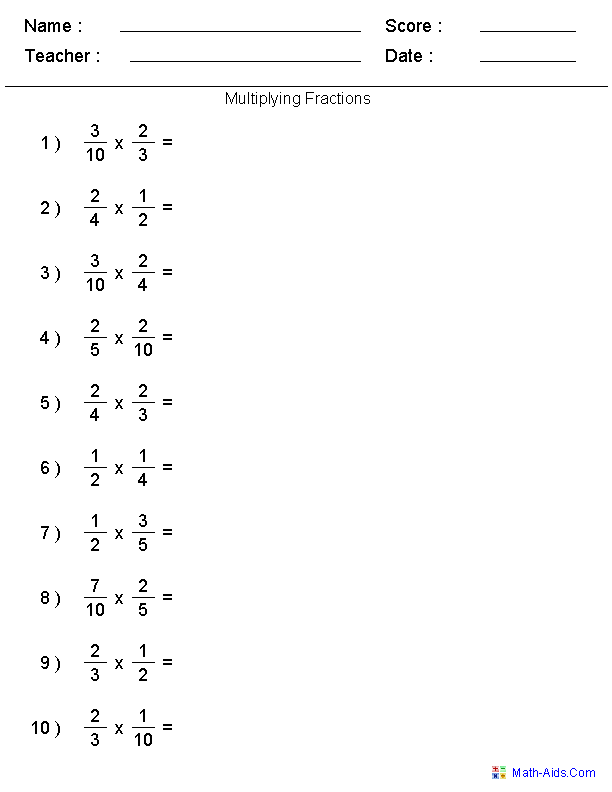




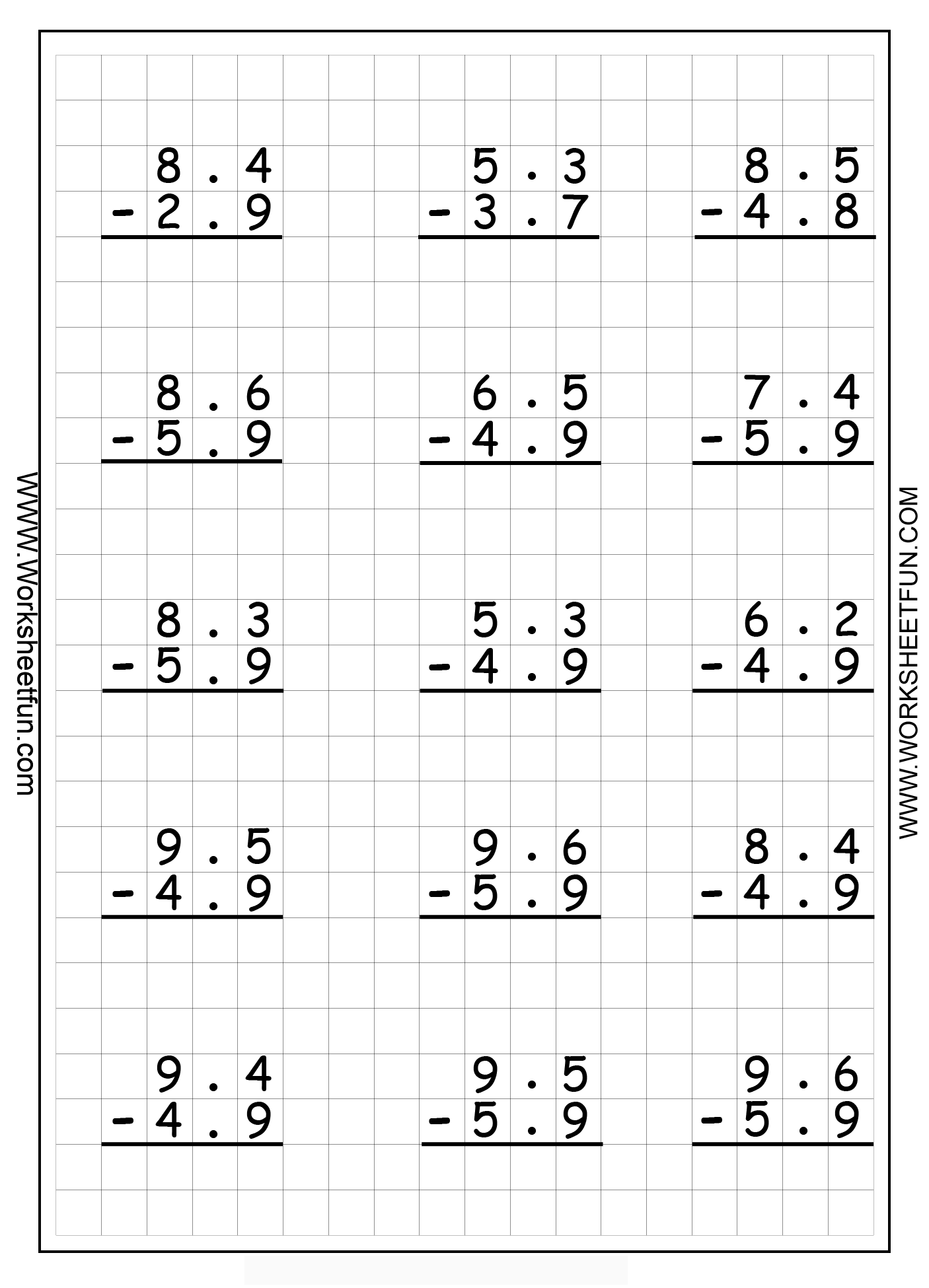
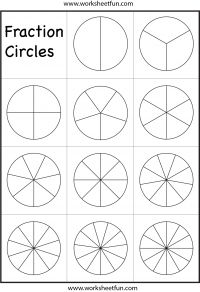
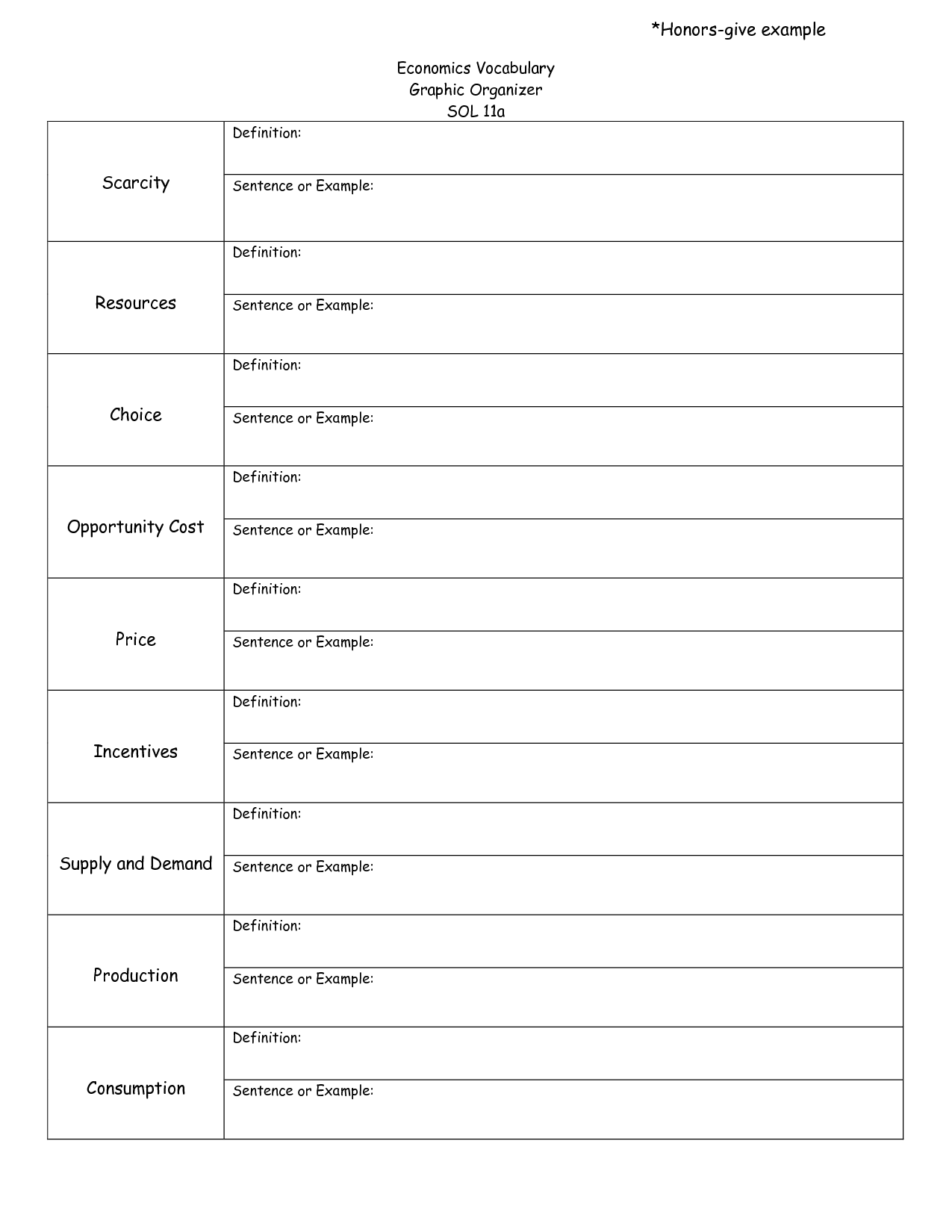
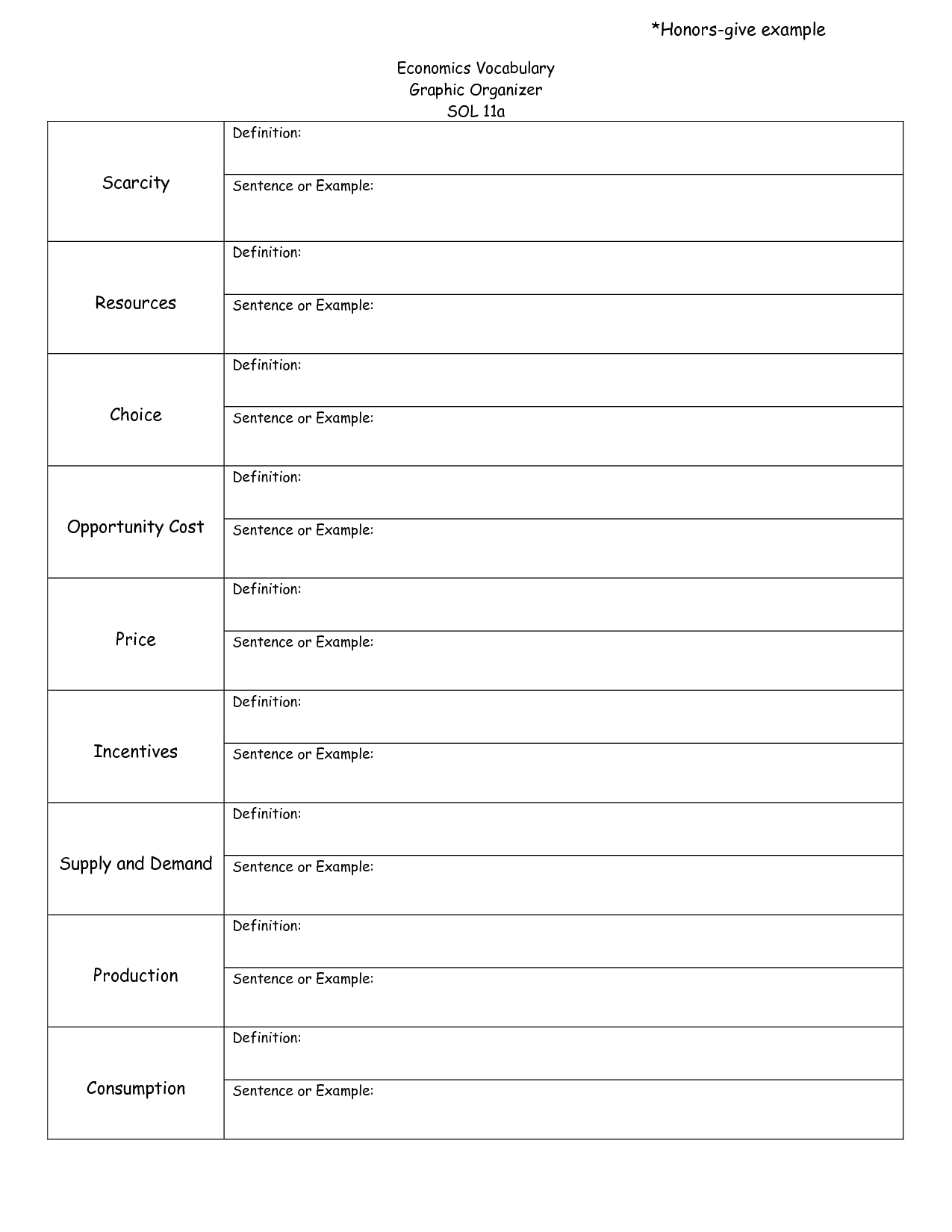

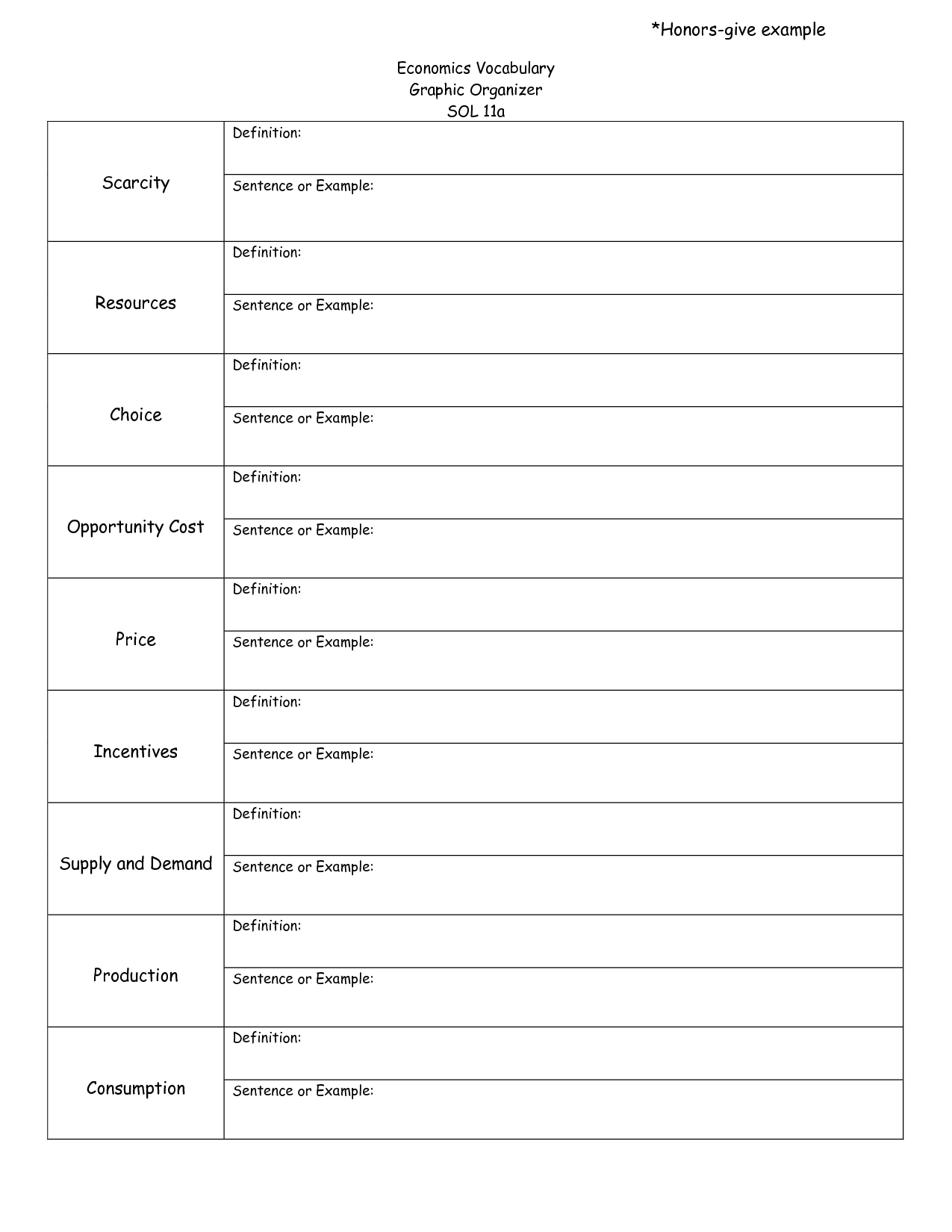
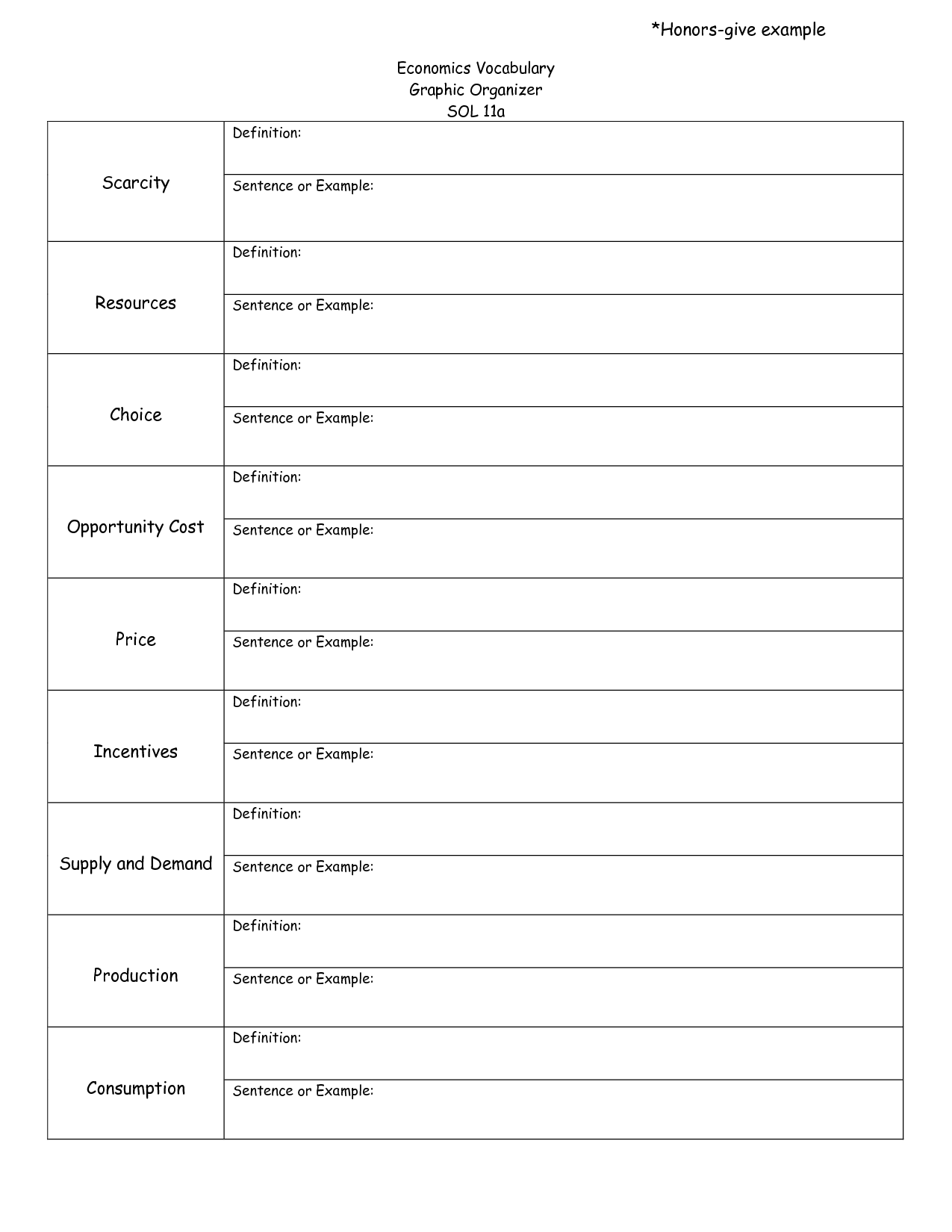
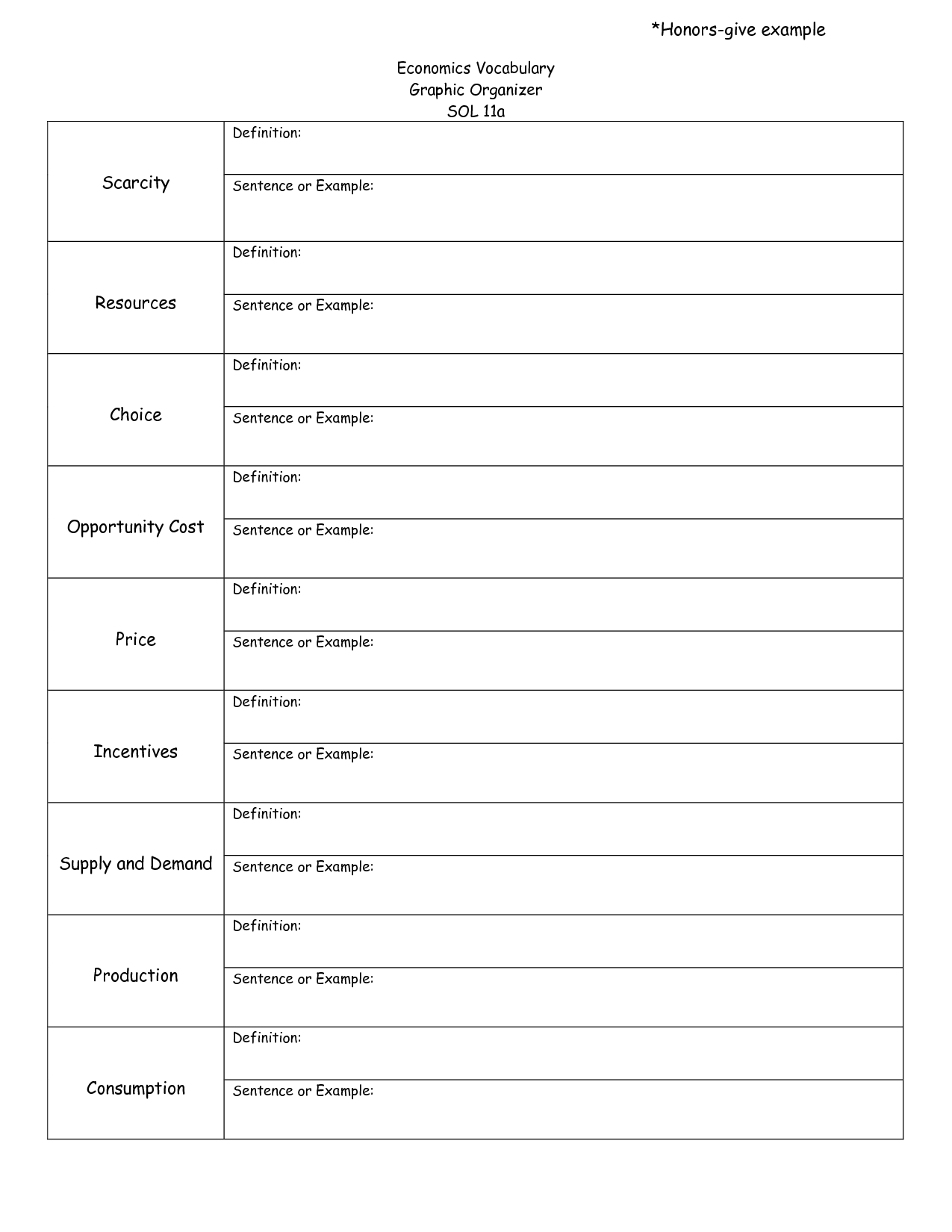
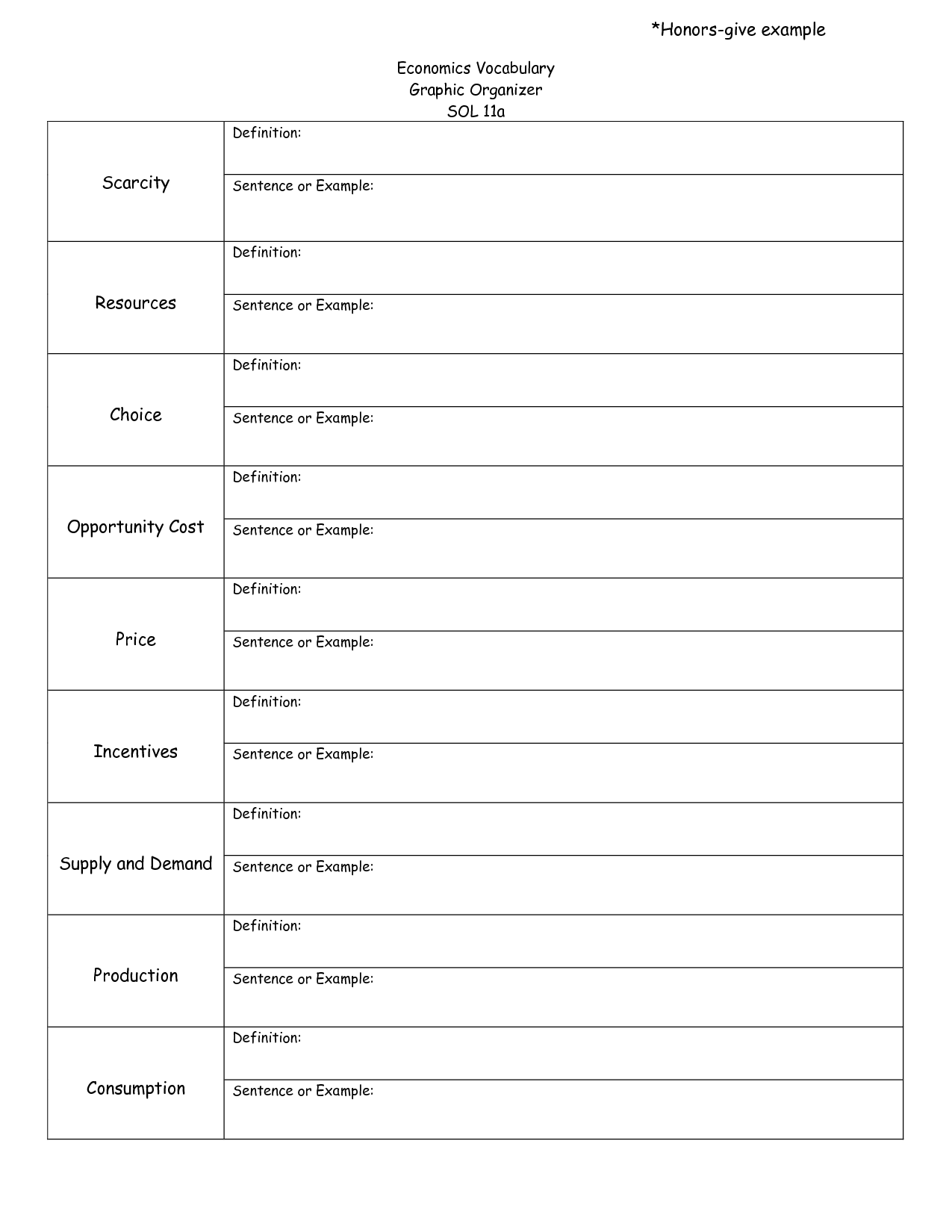














Comments